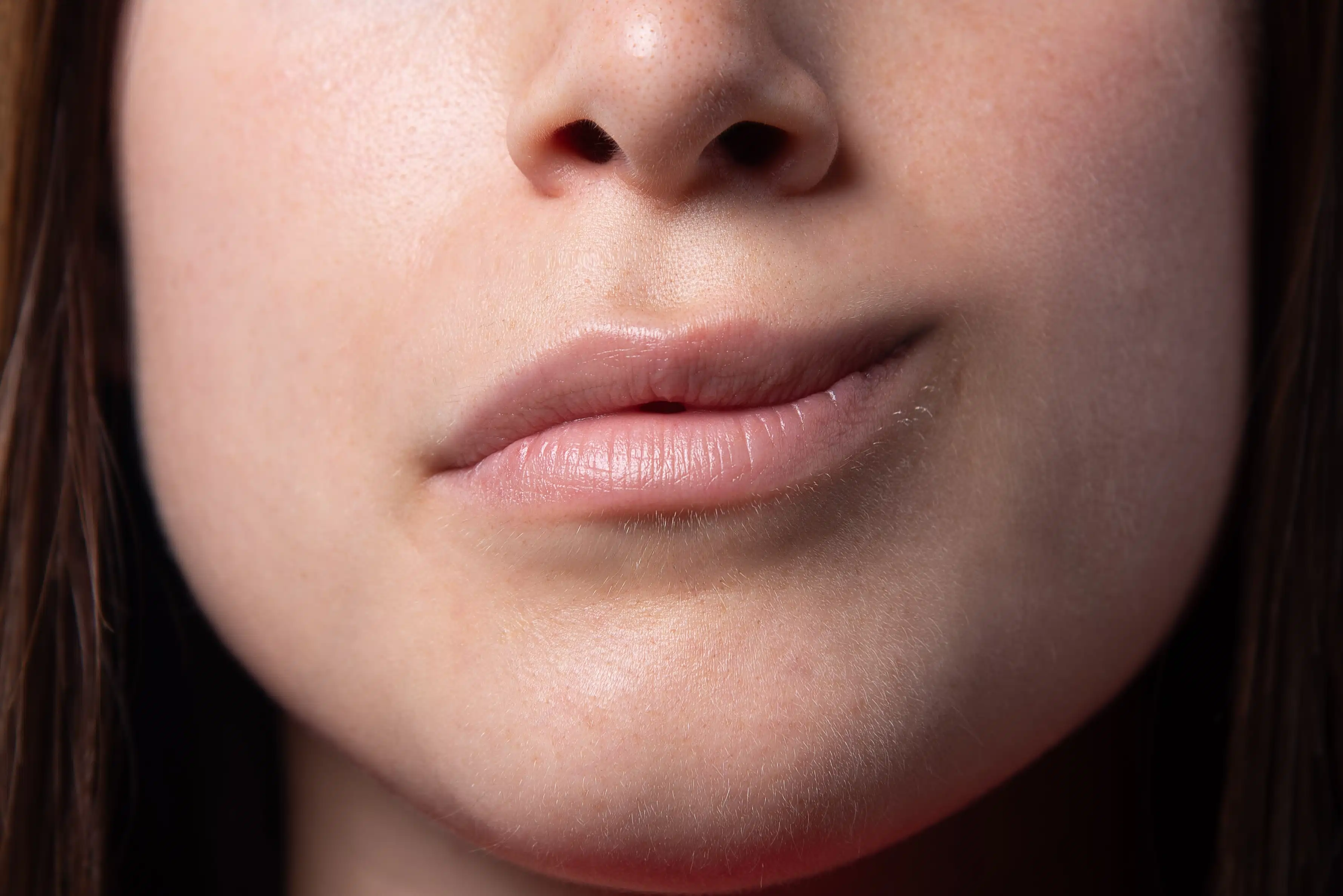
What is Bell's Palsy?
Bell's Palsy is the result of inflammation and swelling in the facial muscle-controlling seventh cranial nerve. Sudden muscle weakness in the face is a common symptom of Bell's Palsy. The weakness usually gets much better within weeks and is usually temporary. Weakness causes one side of the face to droop. Bell's Palsy is referred to as acute peripheral facial Palsy. Pregnant women and individuals with diabetes, cold, influenza, or another respiratory ailment are most commonly affected. The exact cause of this is uncertain and it can happen at any age. However, people between 15 and 60 are most likely to be affected. The implementation of Ayurvedic external and internal treatment approaches can greatly alleviate the debilitating effects of Bell's Palsy and serve as a preventive measure against its further progression.

Ayurveda's Guide to Healing Bell's Palsy Naturally
‘Adrita’ is the term for Bell’s Palsy in Ayurveda. Vata dosha imbalance is believed to be the cause of Bell's Palsy, which can result from consuming too much cold food, exposure to cold wind, sleep disturbances, stress, and viral infections. Vata dosha imbalance leads to the buildup of ama in the facial nerves, arteries, and veins. Adrita or Bell's Palsy occurs when the nerves in the face are negatively affected. If Bell's Palsy is caused by Vata dosha, symptoms may include nausea, shivering, pulsation, locked jaw, swollen lips, and localised facial pain. When Pitta dosha is responsible for Bell's Palsy, the face can turn yellowish and be accompanied by symptoms like fever, thirst, and syncope. If Bell's Palsy is caused by Kapha dosha, one may experience edema on the hairline, cheeks, face, and neck, as well as muscle stiffness in the face.
Feel free to contact us for the queries regarding Ayurvedic treatment for Bell's palsy in Kerala
In Ayurveda, Bell's Palsy is treated by targeting the underlying cause and restoring balance to doshas using therapies such as abhyanga, mirdu swedana, nasya, vatahara oushada, etc. In addition, panchakarma procedures not only cleanse the entire body but also provide numerous benefits. To restore equilibrium to the vitiated doshas, a range of internal medications are provided alongside external treatments. Bell's Palsy can be completely reversed with this treatment.
In accordance with the fundamental principles of Ayurveda, our doctors thoroughly evaluate each patient’s health and the primary symptoms of Bell's Palsy in order to identify the underlying causes of the condition, which may include genetic predisposition, lifestyle, work schedule, diet, and unique constitution.
At Ayur Bethaniya Ayurveda Hospital, we determine the best Ayurvedic treatment for Bell’s Palsy in Kerala based on the assessment, taking into account your constitution, risk factors, the prognosis of the illness, and the rate of disease progression. This approach effectively and safely combines the patient's individualistic factors with standard treatment protocols.
Our main focus at Ayur Bethaniya is to reduce inflammation and nourish facial nerves. In addition, our aim is to restore balance to the vata dosha, reducing pain. A diet and remedies that promote Vata balance are also recommended by our doctors. The application of Ayurvedic herbs helps in regenerating neurons and enhancing the transmission of nerve signals. Ayurvedic remedies are provided to enhance the strength of facial muscles, aiding in improved facial mobility, reducing facial drooping, and facilitating better facial expressions, making communication with others effortless for the patient.
You will be able to return to your healthiest and happiest condition of life with our whole person-centric approach. To assist you in better managing Bell’s Palsy, our Ayurvedic doctors will also offer you advice on lifestyle modifications, and diet.
Contact us for getting the best Ayurvedic treatment for Bell's palsy in Kerala
Need to know about the ayurvedic treatment for Cerebral Palsy and Muscular Dystrophy?


